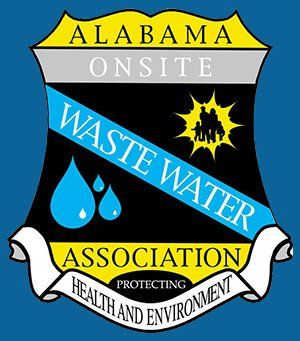4 Steps to Deal With an Unused Septic System
- By Admin
- •
- 28 Aug, 2020
- •
Septic systems are long-lasting and robust waste management solutions, but their design assumes relatively continuous use. As with many home features, long periods of disuse can lead to a variety of potential problems and pitfalls. Whether you're purchasing a new-to-you property or restoring one you already own, knowing how to deal with an old septic system can be a vital skill.
Fortunately, you should be able to refurbish most unused septic systems without large outlays of time or money. These four steps will help you to evaluate and, if necessary, repair and restore septic systems in nearly any condition.
1. Gather Information
Knowledge is power, and this is never truer than when dealing with septic systems. If you don't know the location or age of a property's septic equipment, then you should attempt to gather as much of this information as possible. In many cases, you may be able to locate permits, site maps, or even inspection reports by contacting your local city government.
If the septic system is only a few years old, and you know the original installer, then try to contact them. Many contractors should be able to provide you with information on their past work. If necessary, consider hiring the installer to provide you with a tour of the site. Ideally, you should finish this process with an accurate site map that includes the tank, drainfield, distribution box, and plumbing.
2. Perform a Site Inspection
Once you know the location of your system's vital components, you can perform an on-site inspection. If you have easy access to the property, then you can perform a quick walk-around to look for visible signs of trouble. Note any odors, pooling water, or indications of aboveground disturbances. During this process, you should be especially aware of any structures constructed over the drainfield.
Although you can look for significant signs of trouble on your own, you should hire a professional septic service for a more detailed inspection. This thorough investigation will include opening the tank to determine its effluent level and overall condition. Low tank levels may indicate a variety of problems, even in a system that has gone unused for many years.
3. Drain the Tank and Fully Inspect the System
In almost all cases, you will want to pump out any unused septic system. Once the tank is empty, your inspector can more thoroughly examine the tank interior. This inspection should help explain any low effluent levels, which are usually the result of tank leaks. Inlet or outlet blockages should also be apparent during this check.
During this time, your inspector will also check the distribution box and inspection ports on your drainfield. If you do not know the history of the system, then there may be clogs anywhere from the tank outlet to the leaching field drain pipes. A damaged leaching field can quickly cause the entire system to back up and fail.
4. Resolve Issues
Septic system problems tend to compound rapidly. An issue with your leaching field can cause sewage to back up along the whole system, for example. Once this process begins, the damage can worsen over time and even lead to costly interior water damage. Leaks at any point in the system can also create a hazardous environmental situation.
If you followed the steps above, then you should have a good idea of any potential problems lurking below your property's surface. You should always resolve these issues before resuming use of the property, both to protect the environment and to prevent further damage to the system.
Allen's Septic Tank Service can help you with every step of the process to restore your property's unused septic system to full functionality. Get in touch with us today to schedule an appointment.

